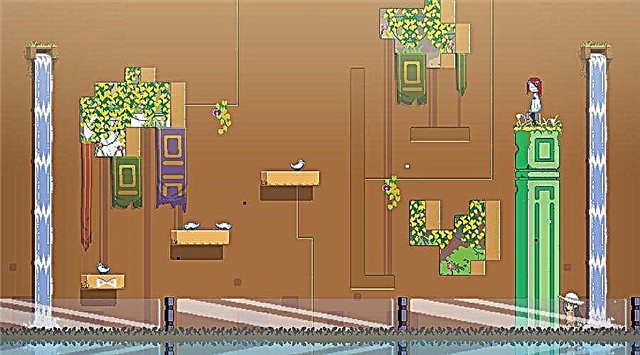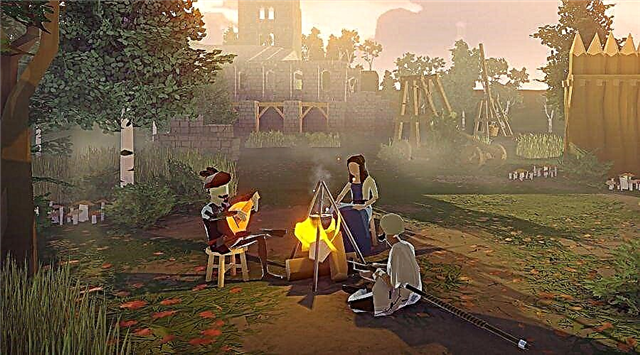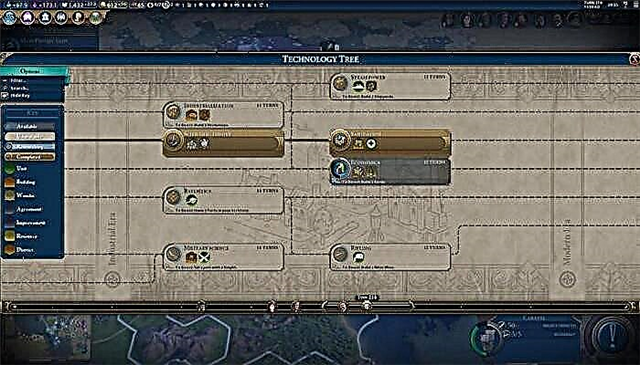
Now that you have the basics, here's how to dominate every stage of your campaign. The joy of this game, like all the previous entries in this series, is that there are multiple ways to play and many Civilization 6 strategies that you can use on your way to one of the many types of victory.
From basic tips and tricks to detailed leaderboards and district management, you've spent the various pages of this guide — you’re quite capable of taking on the challenge on your own and bringing your Civilization to glory in Sid Meier’s Civilization VI.
Nevertheless, forewarned, certainly forearmed, and we can give much more. So, if you're craving good starting strategies, wondering how best to manage your mid-game populations, or looking for that late game push, we've got you covered with strong games in each of the three main stages of the game.
Early Civilization 6 Strategies To Get A Better Start
The Civilization 6 theme is the age of exploration, and that should give you a very big clue as to what the most important early tactics revolve around. However, before you reach the edge of the Fog of War, you will need to find your first city.
If your settler starts near a river, there is very little reason to move anywhere prior to the foundation of that city, as access to fresh water is one of the most important factors early on due to the rise in housing it provides and the resulting opportunity. for the growth of your city. Also, you're ideally looking for a good mix of nearby terrain, with mountains especially useful for capitalizing on the bonuses of the holy site and campus neighborhoods, and providing good natural defenses against raiders.
The city is created, your first few build options should be Scout, Slinger, and Monument, which will give you options to explore and enhance your civic research. Refrain from creating builders for now; with their ability to instantly create upgrades, there is no need to get them set to work like you did with workers in previous Civ games, and it will take a few twists and turns before your population has grown to the point where you can actually use tile upgrades.
What's more, crafting tile upgrades without a few main troops to defend your land simply asks the barbaric raider party to knock. With your scout, slinger, and aspiring warrior, you can move in different directions to gauge where barbarian outposts might be. If you see a barbarian scout, do not dismiss him as harmless, but instead hunt down and kill him, because he will report the nearest outpost and bring suffering to your young civilization.

Depending on the size of the map, all of this exploration should lead to an encounter with another civilization, or at least a city-state. Civic foreign trade early research and trader creation will enable you to capitalize on a profitable trading opportunity; just be sure to keep an eye on the trader's route (they will create a road as they travel back and forth) and make sure he stays away from barbarian threats.
Choose the government policy that makes the most sense for your current circumstances; city planning for extra production is always helpful, and if it looks likely you will run into a few barbarians chubby for discipline to increase your attack power against them to help suppress a threat before it turns into a threat.
With the first dozen or so turns under your belt down, you can look to create a builder to put to work your first city's growing population and settler shortly thereafter. This is where you can take a little more time to figure out where to build your next city using the varied terrain, but ensuring that you leave space around your city for districts and wonders, each taking up tile space.
The early Civilization 6 game is more flexible than previous entries in the series, thanks to the many varied bonuses that leaders and civs enjoy, but three cities in turn 60-70 is a sensible target. Overall, take the time to see how best to use the bonuses provided by your leader and civ, how they can be best enhanced by civil and tech research, and what you can do to boost the research you are most interested in pursuing. Once you've created an action plan and worked it out with careful placement of districts and associated buildings, you'll be on your way to the middle of the game's consolidation phase.
Intermediate strategies in Civilization 6
When you get into the middle of the game, around the time of the Renaissance, you will have a decent foothold on your starting continent. Depending on the map you are playing and the specific leader or civ bonuses, you can also spread across the water with shipbuilding technology and possibly even mapping that allows your units to enter ocean tiles. The main focus here, as you move through the Renaissance and Industrial Age, will focus on exploring the technologies and citizenship that support your ultimate goal.
Mid-level governments support six strategies that correspond to a range of priorities. Strive for a monarchical type of government, accessible through the study of the divine right of the civic, to support your army; theocracy (through the civic Reformed Church) for the enhancement of religion; trade republic (via civic research) for a flexible government type that contains two wildcard political slots and boosts gold purchases through additional trade routes and purchase discounts.
Although the government system is flexible and flexible, define what you want to achieve and then stick to one type of government for that. This ensures that the government bonus, which accumulates over time, is most powerful as you progress towards the late game.
On the other hand, the policies that apply to these types of governments are fair game and you should review them regularly to make sure they best support your current priorities. If you don't plan on building military units for some time, switch from a military policy that supports unit production to one that reduces unit maintenance or makes unit upgrades cheaper. This could help transform these early game units into more formidable mid-game troops.
In terms of technology, you should now have military engineering, which allows you to manually build roads using a military engineering unit. This is useful for connecting cities that did not see the trader's visit at the start of the game. If you're surrounded on multiple sides by rival leaders jostling for position, there are some powerful options for mid-game combat, both offensively and defensively, to suit your mood.
Siege tactics are an uninteresting great way to bolster the defense statistics of your cities with Renaissance walls and outlying forts. Military science and ballistics, meanwhile, can give you the edge in eliminating stubborn leaders who have settled cities too close to your borders for comfort.
By now, you will also have a number of districts up and running in your cities and be looking at how best to maximize the bonuses they provide. Again, the type of government and policy choices can make a real difference here, but even more important is the time to reflect on how districts interact with each other and how they serve both active goals and passive empire maintenance.
For most leaders, the borough will come into its own in the second half of the mid game and help prevent the city from stalling. Just make sure you keep your growing population happy with access to a lot of amenities as you move towards the all-important final stages.
Late game strategies in Civilization 6
Devastating military units, astounding scientific discoveries, impressive religious wonders and landmarks characterize the late game of Civilization 6. If you've worked on a science victory, the race now goes to research rocketry for the dedicated spaceport area it unlocks. Be aware of any aggressive leaders who are already unhappy or openly threatening up to this point. The military units that the late game brings, not to mention the threat of nuclear war, casts a long shadow over attempts at more peaceful types of victory, and therefore a defensive pact with a reliable leader is a useful deterrent for would-be warmongers.
However, the end of the information age of the tech tree is filled with weapons of mass destruction, and therefore, whatever your ultimate goal, it pays to build powerful defensive units. It could provoke an arms race, but at least you'll be out of the blocks with an air fighter and heavy cavalry or two instead of standing around holding the starter pistol and firing blanks.

If you've hedged your bets on victory conditions so far (definitely a dangerous way to play), now is the time to take your path and go at full speed. There are enough adaptable policies, powerful neighborhood bonuses, and late game civics for you to catch up on the leaderboard, but a last-minute change of plan will always struggle to compete against a well-prepared opponent who has been planning a cultural victory over the past couple thousand years.
However, it has been proven to flood the map of the world with religious orators to try and massively transform cities and rush to victory for religion, as they can move freely through territory and are only stopped by rival religious entities or an act of outright war.
The ultimate goal of a successful Cultural Victory is to reach the end of the Information Civilization Trees as soon as possible. There you will find a civil society that establishes and leverages the ubiquity of social media that provides access to the economic policies of online communities to provide an incredibly rewarding + 50% tourism growth for the civilizations you have a trade route to.
Moreover, if no one seems to be taking the initiative in any of the victory conditions, both social media and globalization can be examined multiple times to help achieve victory.
However, we are sure that you have used all the many tips and tricks on these manual pages to be organized enough to win in some other way, but if not, then victory is still a victory and you will get a lot learned. along the way, ready for next time. In the meantime, can we tempt you to make another move?











